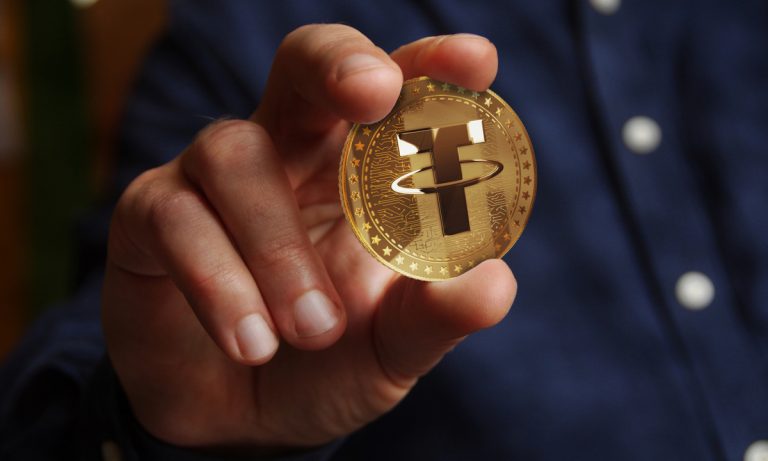Lackluster Stablecoin Trading Volumes Raise Questions Around Crypto Rebound
BY PYMNTS | MAY 24, 2023
|
The stablecoin landscape is getting smaller by the day, and that’s bad news for crypto.
Stablecoin trading volumes so far this month have totaled just $292 billion as of reporting, according to the most recent real-time data from Crypto Compare, putting the digital asset on track to record its lowest monthly trading volume since 2020.
This coming off an April where stablecoin trading volumes had already dropped nearly 41% month over month.
The asset group’s market capitalization hasn’t been painting a rosier picture, either, declining for the past 14 months in a row to sit at around $130 billion as of reporting.
Stablecoins are pegged to the value of another asset, often the U.S. dollar, and serve as the oil in the engine of digital asset and cryptocurrency trading, allowing for the on-ramp of fiat-backed money onto the blockchain.
The two main risks to stablecoins are that users either do not trust the composition of the issuers’ asset-pegged reserves, so they take their money out in what is essentially a bank run; or that confidence in the cryptocurrency sector as a whole disappears, meaning users no longer need stablecoins to transact, resulting in them also taking their money out.
Read more: US Lawmakers Debate Dueling Stablecoin Bill Drafts
Industry observers have taken the view that the decline in stablecoin trading volumes is a strong sign that investors are cooling somewhat on the digital asset space by not taking part in any significant transaction activity.
Complicating matters, and confusing digital asset investors and market observers, is that the most popular stablecoin, the U.S. dollar-pegged Tether (USDT), is seeing its lowest trading volume levels in four years — while at the same time, the stablecoin’s market capitalization is approaching an all-time high of $83 billion.
Other stablecoins, including Circle’s USDC, are showing a more expected correlation between market realities and their market caps: Everything is declining in step.
“Overall, USDT’s market cap has little correlation with trade volume, which is questionable considering the primary use case for this stablecoin is trading,” said Kaiko, a crypto market research firm.
Tether did not immediately reply to PYMNTS’ request for comment.
As PYMNTs reported earlier, Bank of America analysts published a research report last Friday (May 19) saying that the upside value of digital assets is “capped.”
What’s in a Stablecoin, Anyway?
In one sense, stablecoins operate in a manner not too dissimilar to banks, in that each stablecoin represents a demand deposit meant to be as good as cash when redeemed.
Stablecoins represent tokenized money within the specific context of a particular blockchain, and therefore allow their holders to transact on-chain.
However, unlike a bank, stablecoins themselves don’t pay interest to their holders — because they represent a 1:1 store of value that allows for a way to transact between digital assets and fiat currency.
Rather, the stablecoin issuers are able to turn around and hypothetically invest the money used to purchase their token into the safest investment instruments available, like Treasury bills and other short-term, risk-free vehicles, like reverse repurchase agreements with strong counterparties collateralized by Treasurys.
These investments generate interest, and due to the lack of overhead needed beyond computing power, also result in a tidy profit for the stablecoin issuers — particularly in a macro environment like today’s.
But if those investments are made across less stable vehicles, it could destabilize the entire crypto ecosystem. The promise and premise of stablecoins are that customers will always and forever be able to redeem coins for dollars, and issuers are required to have enough liquidity to cover this.
As reported by PYMNTS, Tether has in the past failed the hard-proof reserve test, with the New York Attorney General uncovering that despite the company’s repeated claims, Tether was not always fully backed by fiat currency.
Read more: Global Watchdog Eyes Crypto’s Future as Hong Kong Releases Rulebook
This potential for commingling of funds and misstating reserves, is of course, the oldest crypto tale of all time — and one that has seen funds and firms fail time after time.
That’s why U.S. lawmakers are working to pass a bill regulating stablecoins. A sizable vacuum still exists at the federal level when it comes to the prospect of comprehensive legislation around digital assets, no matter their use case.
Currently, the two draft pieces of legislation under discussion do not subject stablecoin issuers to public disclosure of periodic financial statements or third-party audits of those disclosures.






























